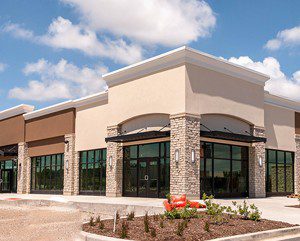As the winds of financial change continue to blow, Arizonians...
Read MoreTestimonials
Once again, Thank you so much for your sage advice. I really appreciate being able to ask all of my questions to you. So glad to have you on my side. Thanks so much.
Janelle
Just a note to say thank you for all that you did for me to secure a new loan. You were expedient, efficient, and patient. I hope the year brings you and yours the very best ever. Very nice doing business with you.
Susan
Thank you Harry for all your help. I have two friends that I am referring to you that are interested in refinancing and financial planning.










